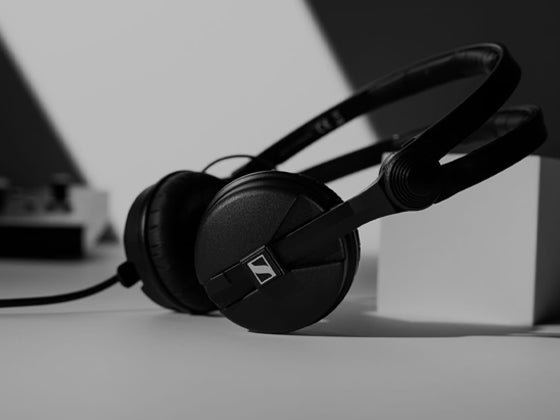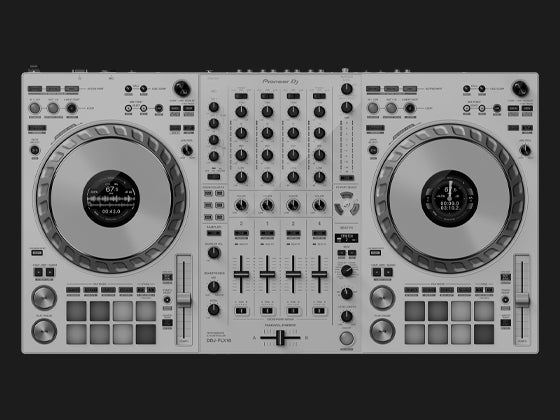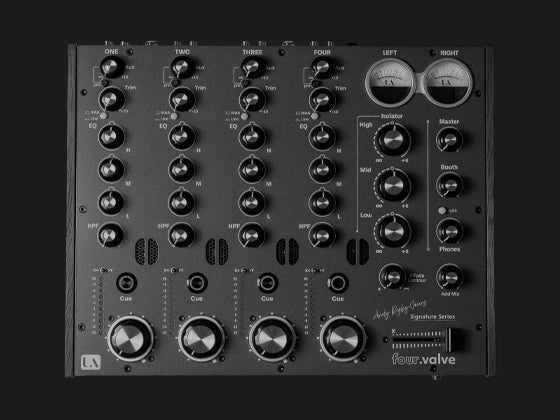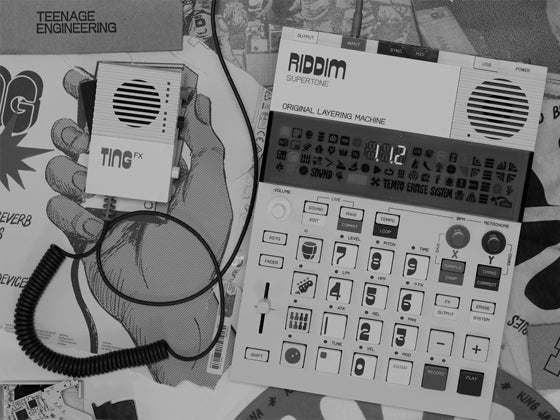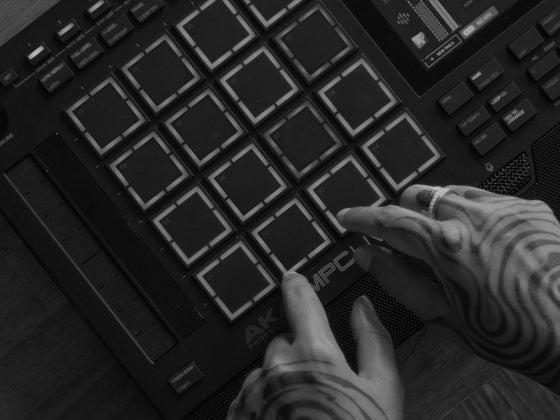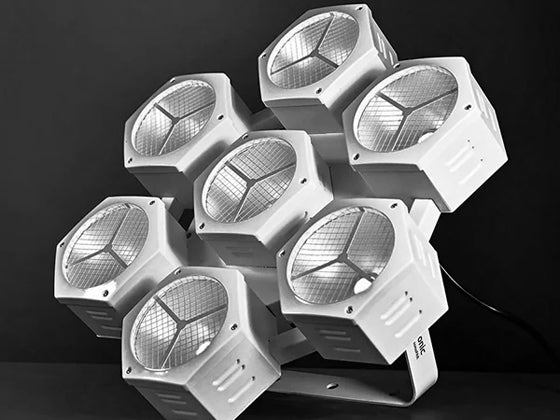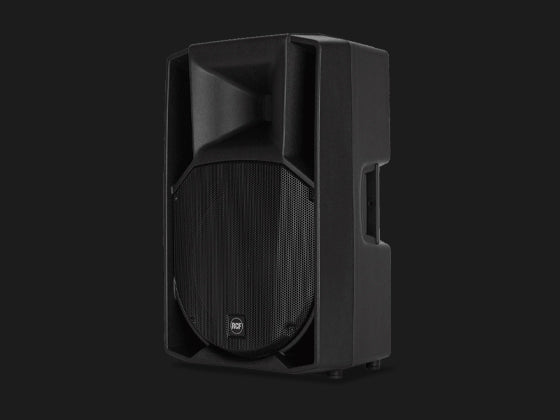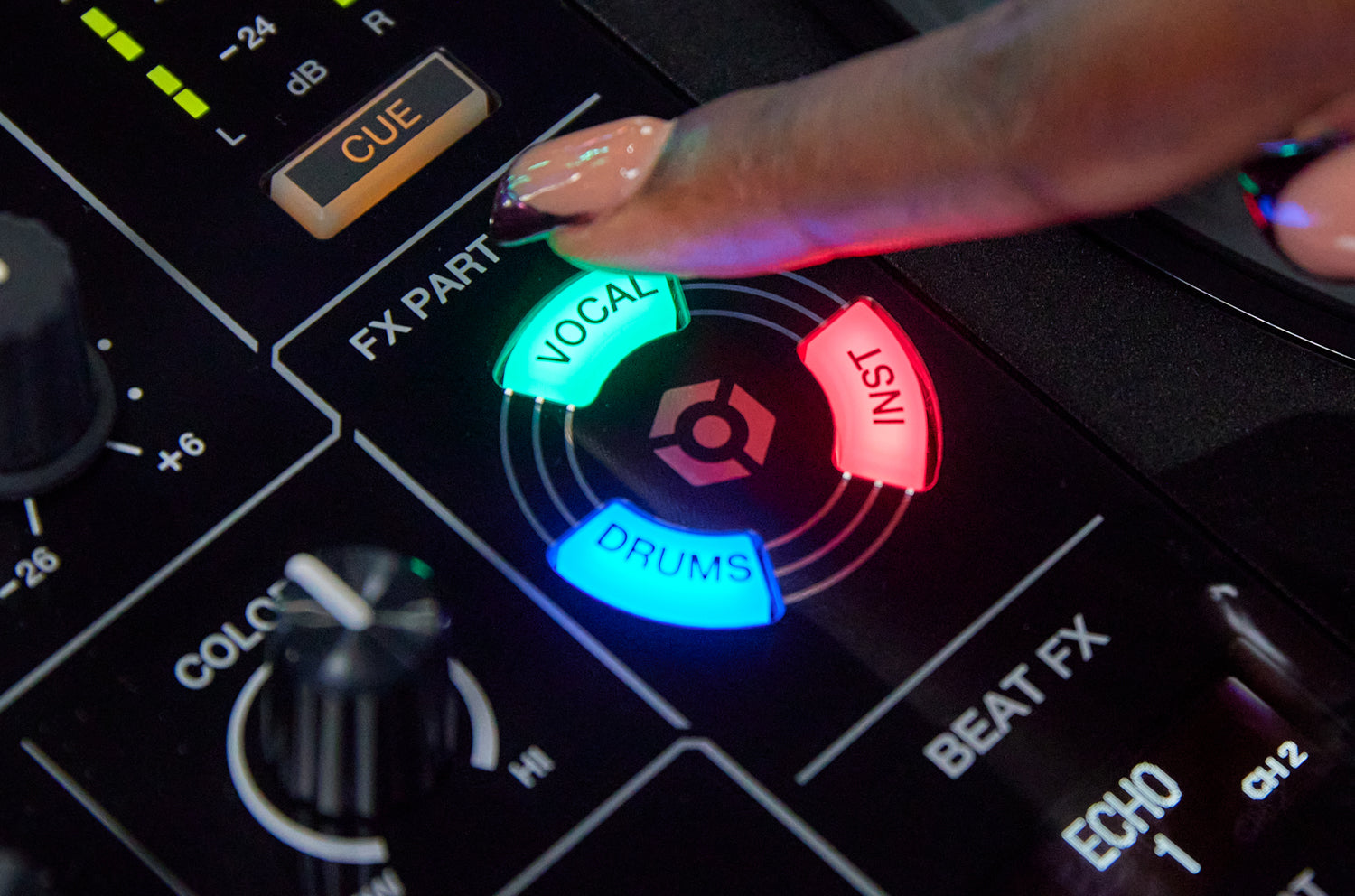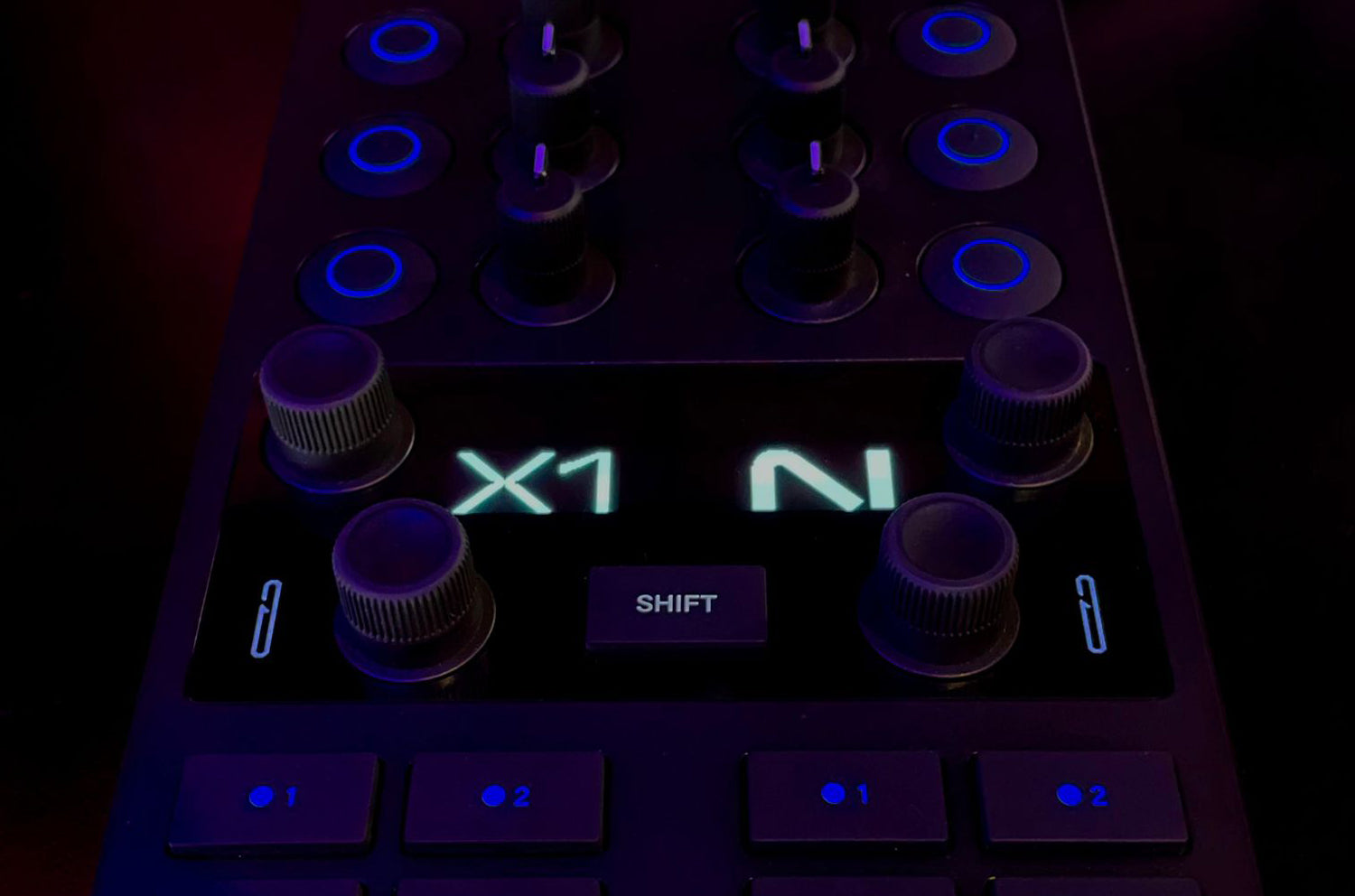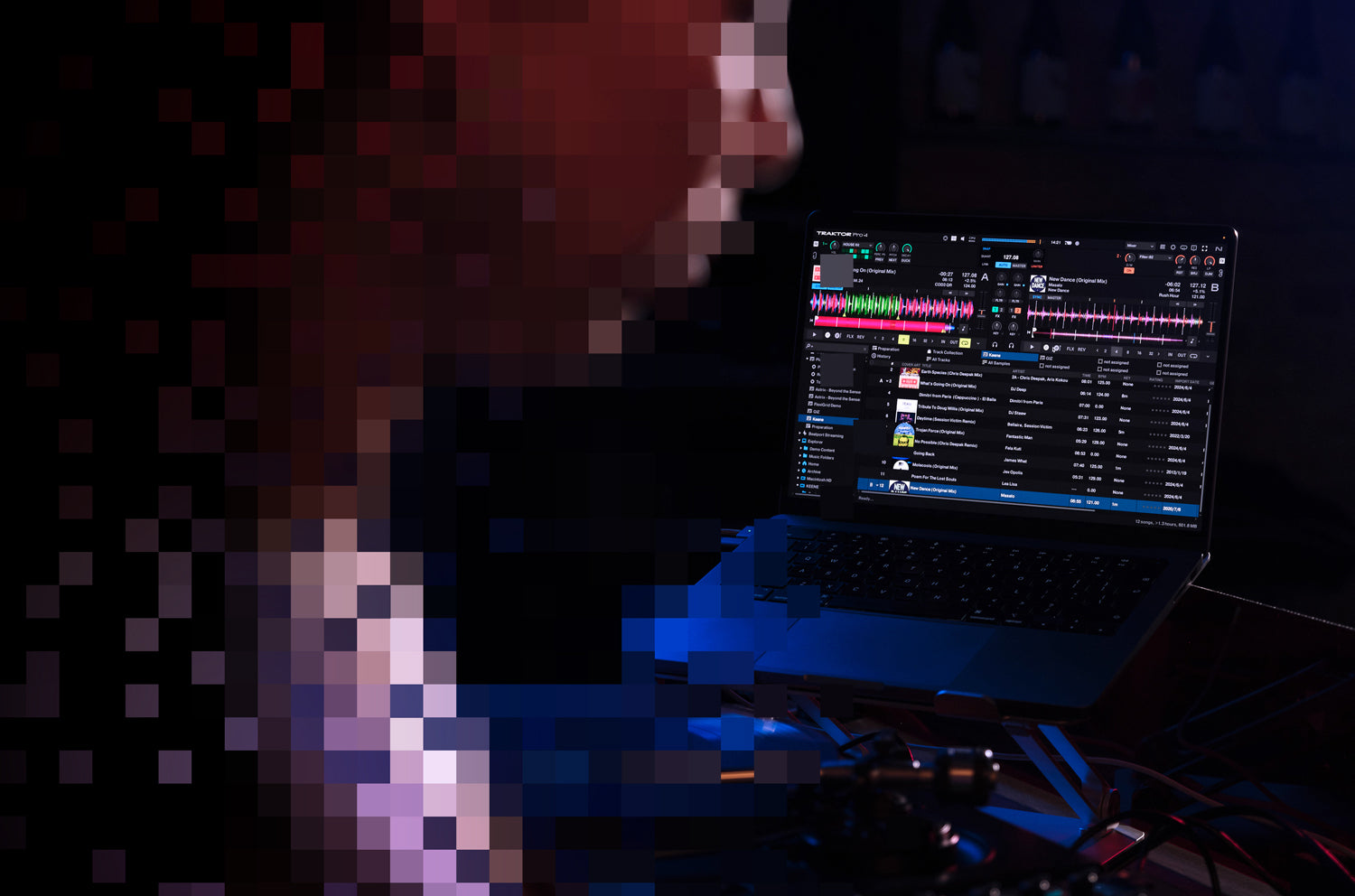Being able to sculpt the frequencies of two tracks during a mix transition has long been the holy grail for DJs and equipment manufacturers. As technology has advanced, processing power has increased and become more affordable. As a result, the dream of complex and creative blends featuring individual elements from tracks edged ever closer. In the last few years, STEM separation capabilities have become a part of the major software platforms including Serato DJ, Virtual DJ, Algoriddim Djay, Rekordbox and now Traktor Pro 4.
What are STEMS?
The concept of STEM mixing isn’t new. Studio sessions often result in the creation of individual tracks per instrument or vocalist – these “stems” are usually mixed together to create a master. There’s often an acapella included in releases, and this is often just a recording of the vocal stems.
DJs have been combining acapellas with other tracks to create live mashups for decades, but the ability to use other elements has always been desirable – especially for killer basslines and drum breaks.
Kill switches and frequency mixing – STEMS for the 90’s
Back in the 90s, Intimidation created “kill-switches” and included them on the Don II and Blue mixers. These fixed frequency EQs were marketed as a way of swapping various frequency ranges between tracks, but as the key of a track affects the frequency make-up of the music it was impossible to isolate an individual instrument or vocal – much to the disappointment of many DJs who invested in these solid mixers.

After the kill switch/eq hype died down in the early 2000s, and the “frequency mixing” Intimidation had pioneered was just a distant memory, DJs focussed in on transitions that made use of Kaoss Pads, Pioneer DJ EFX (and later RMX) units and even guitar pedals connected via send and return.

STEMS for the modern era.
So, what happened between the early part of this century and 2020, when Virtual DJ dropped Stems and Neural Mix arrived in Algoriddim’s Djay software? Well, in addition to STEM rebalancing in software like Roland Rmix and Izotope RX, Native Instruments tried a slightly different approach to STEMs.

STEMS from NI, required producers and labels to provide ready mixed stems which could be “packaged” for playback using the S5, S8 and D2 controllers – which had been designed to provide tactile Kontrol for DJs looking to harness the power of these isolated tracks within Traktor Pro. The key here is that, as this wasn’t an algorithmic deconstruction of the original track the quality was really, really good! The downside was that for DJs you needed to purchase music you already owned again to use STEMS. For labels and producers it was an even bigger challenge, essentially you were handing our pristine acapellas, grooves, basslines and more that you might have spent hours or even days working on in the studio – and now anybody could purchase the STEMS file and knock up a remix.
Unfortunately for Native Instruments, the negatives outweighed the positives and sadly STEMS never really took off, but it did highlight one key thing – DJs did want STEMS!
The future for STEMS.
Fast forward to 2024 and now every major DJ software platform has STEMS. However, not all implementations are created equal, with some platforms offering better sound-quality than others and tactile control is also high on the list for users of controllers to mix.

Engine OS STEMS are due soon, potentially ushering in track separation for standalone users, and if tech recently unveiled by Z-Plane demonstrating real-time stem creation is anything to go by, we might not have to wait too much longer for a mixer that can split tracks on the fly…

